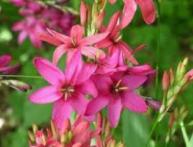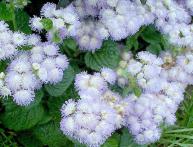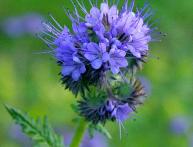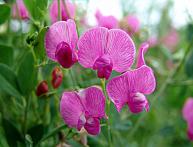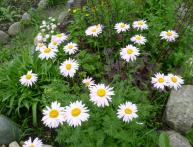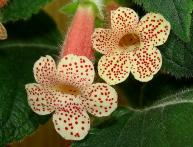Growing Gomphrena sphericalis
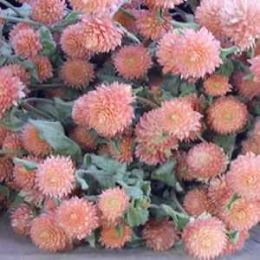
Gomphrena globulus belongs to the amaranth family and is tropical plant. In appearance it most closely resembles large clover with white splashes. This is an annual plant that forms a compact bush and blooms until frost. Flowers can have different colors. This plant makes wonderful winter bouquets; when dried, they retain their shape and color. Growing gomphrena They are produced by seedlings, and the germination of seeds leaves much to be desired, so they need to be sown a lot.
Seeds are sown in seedling boxes in March; the substrate needs to be nutritious and loose. The boxes should be placed in a warm, sunny place. Shoots usually appear within a couple of weeks. After another two weeks, the seedlings dive. They tolerate this procedure well. In early June, seedlings are planted in open ground. Need to pick up warm, sunny, sheltered from the winds place with light and well-drained soil. A distance of 30 centimeters is left between tall varieties, and 15 centimeters between low-growing varieties.
Growing gomphrena will require standard actions: watering, loosening, fertilizing, weeding. It’s just important not to overdo it with feeding. If there is an excess of organic matter in the soil, it may simply not bloom.. Mineral fertilizers for amaranths are applied every week, but only before flowering. The plant is drought-resistant, so if you ever forget to water, don’t worry. There is no need to feed a flowering plant.Gomphrena looks good in rock gardens, ridges, rockeries, and borders. It is also grown as a pot plant. After flowering in our latitudes, seeds are not formed.


